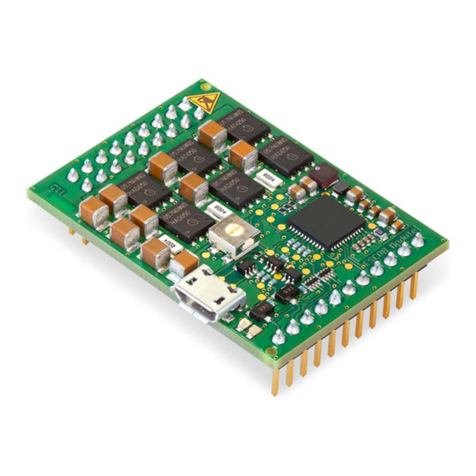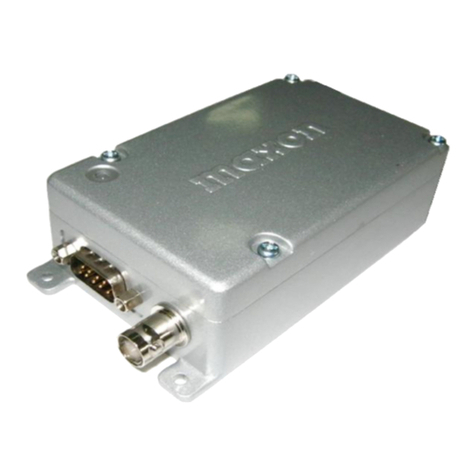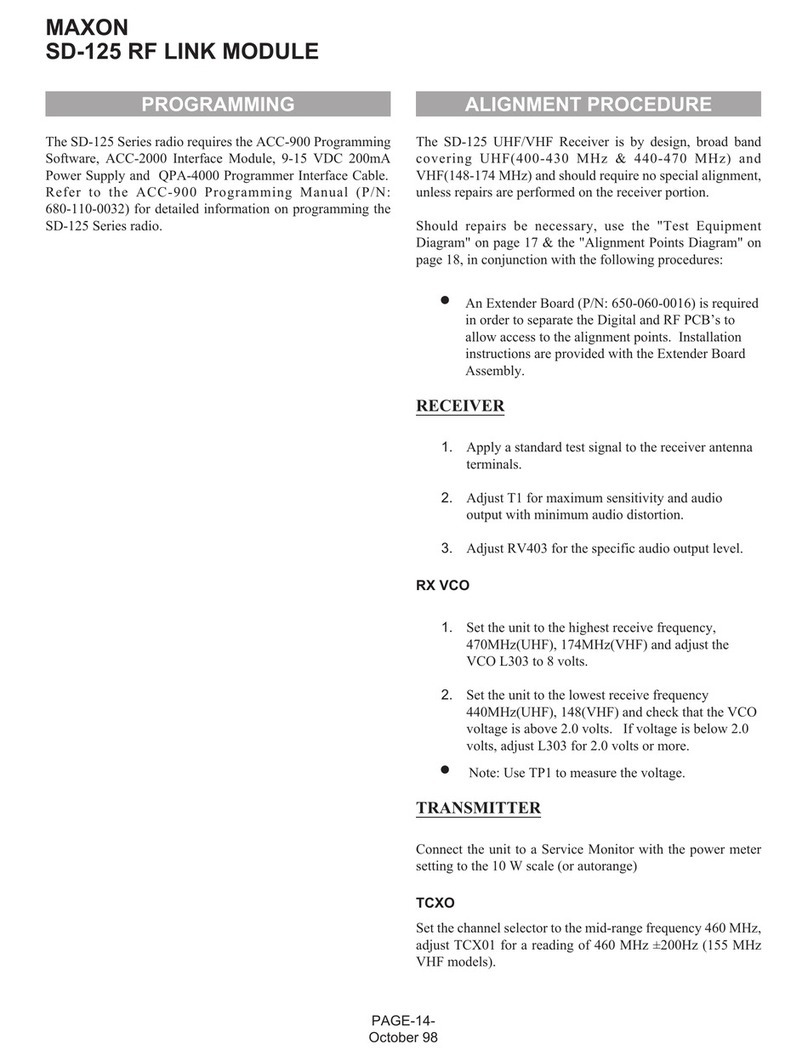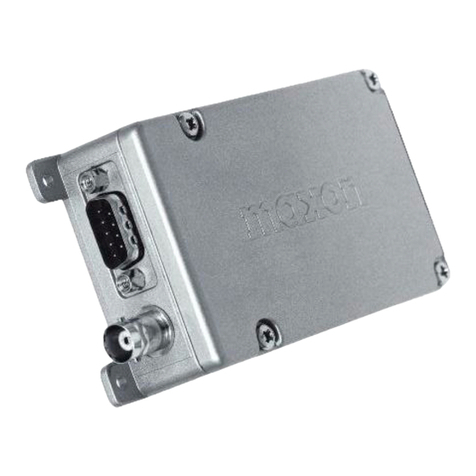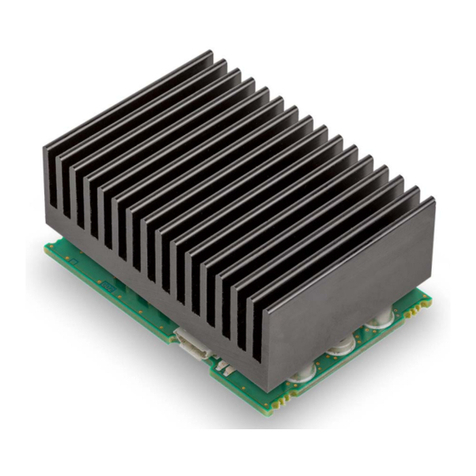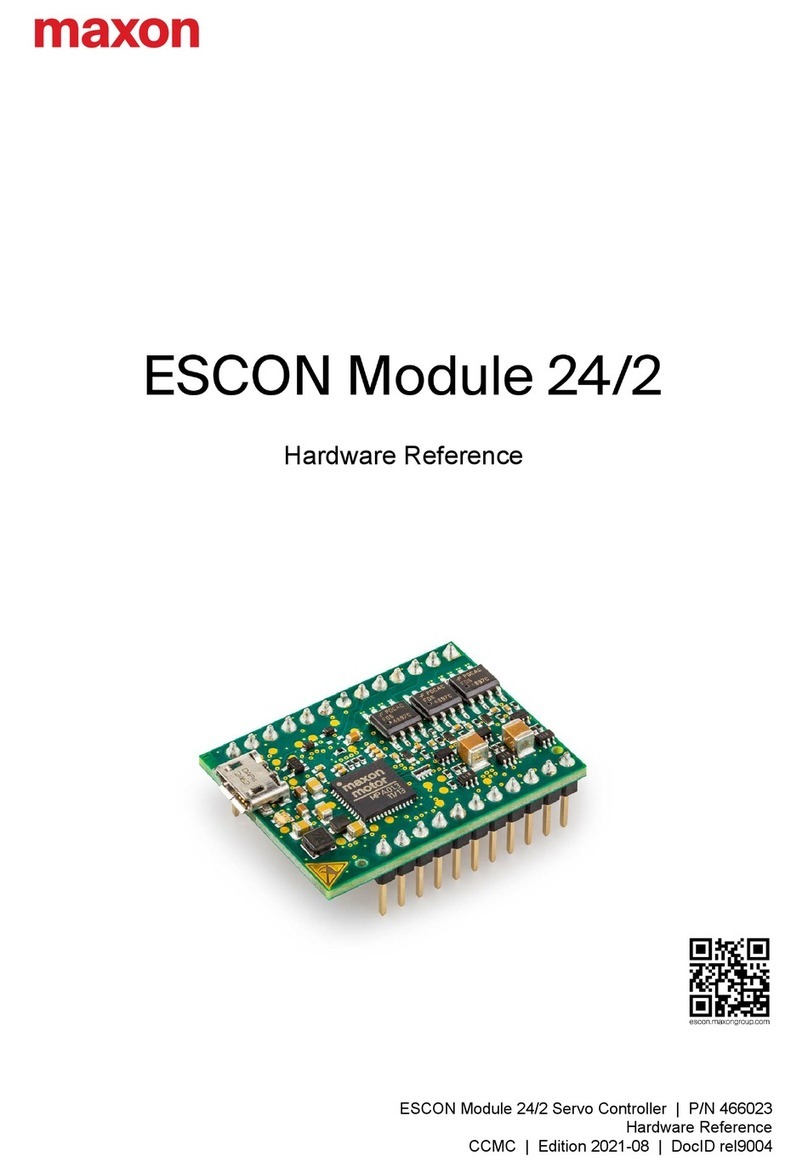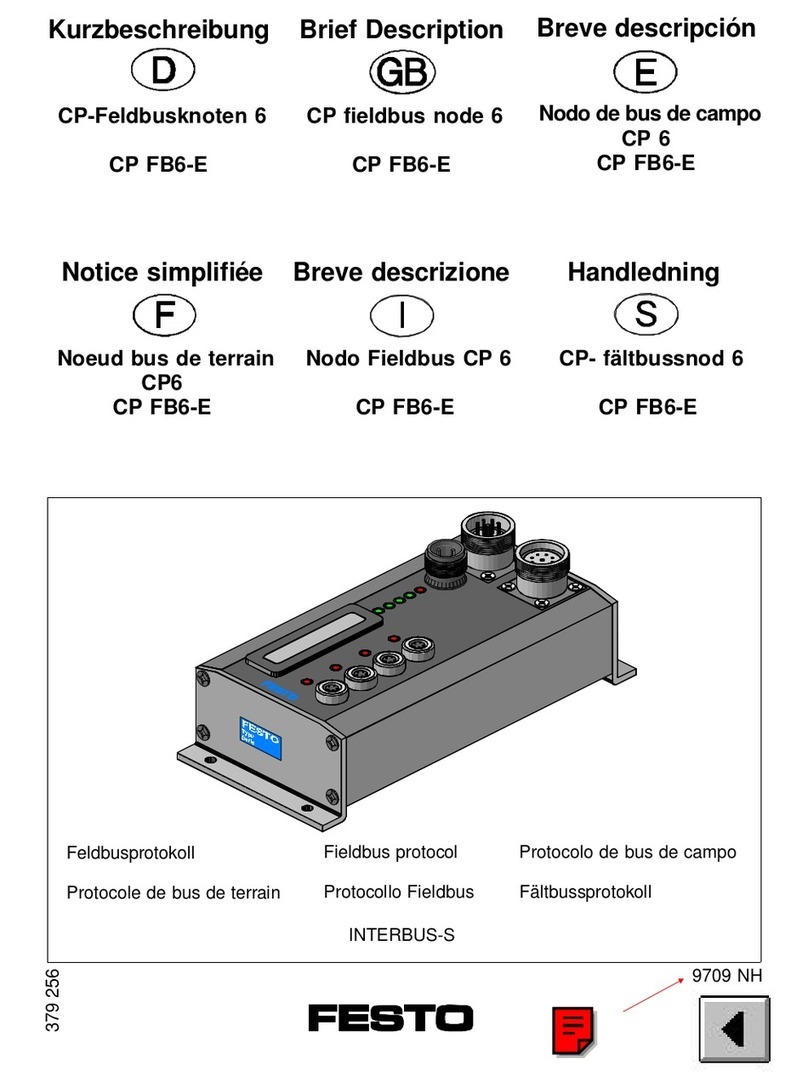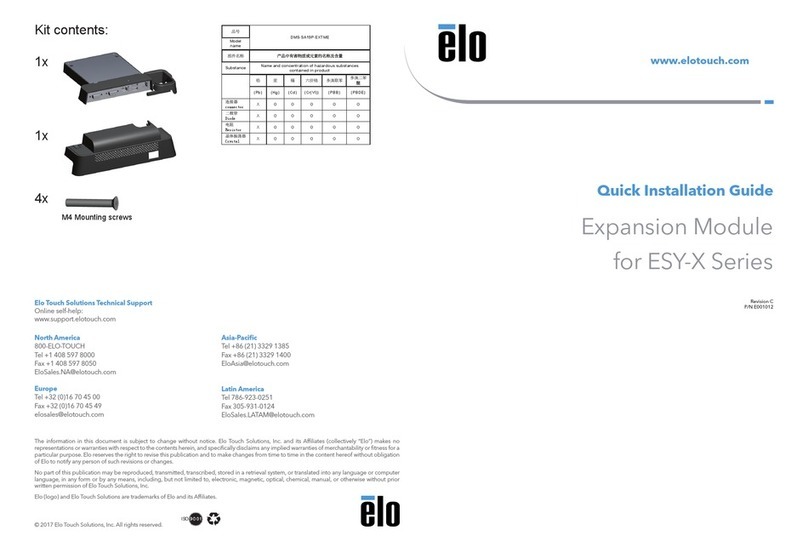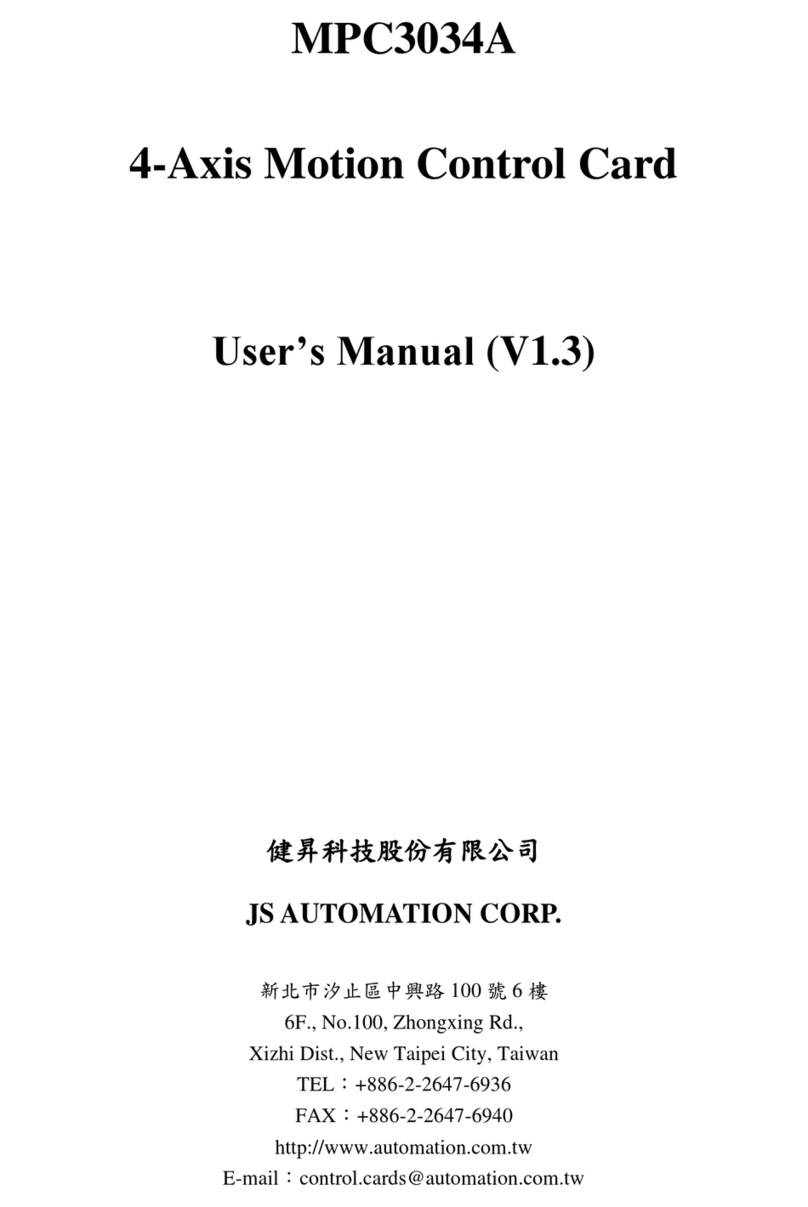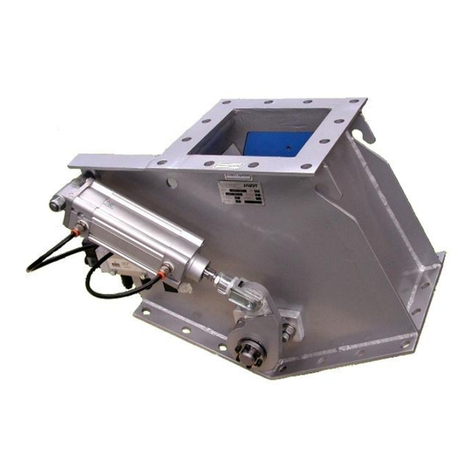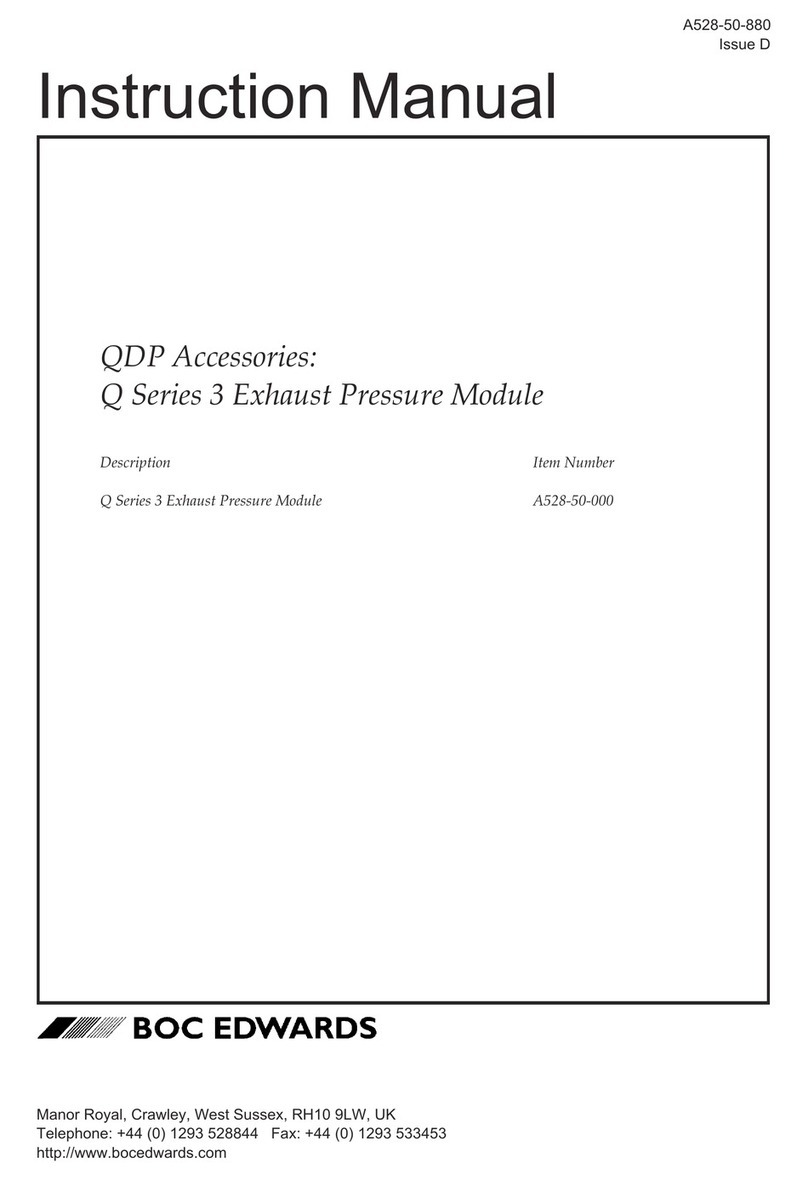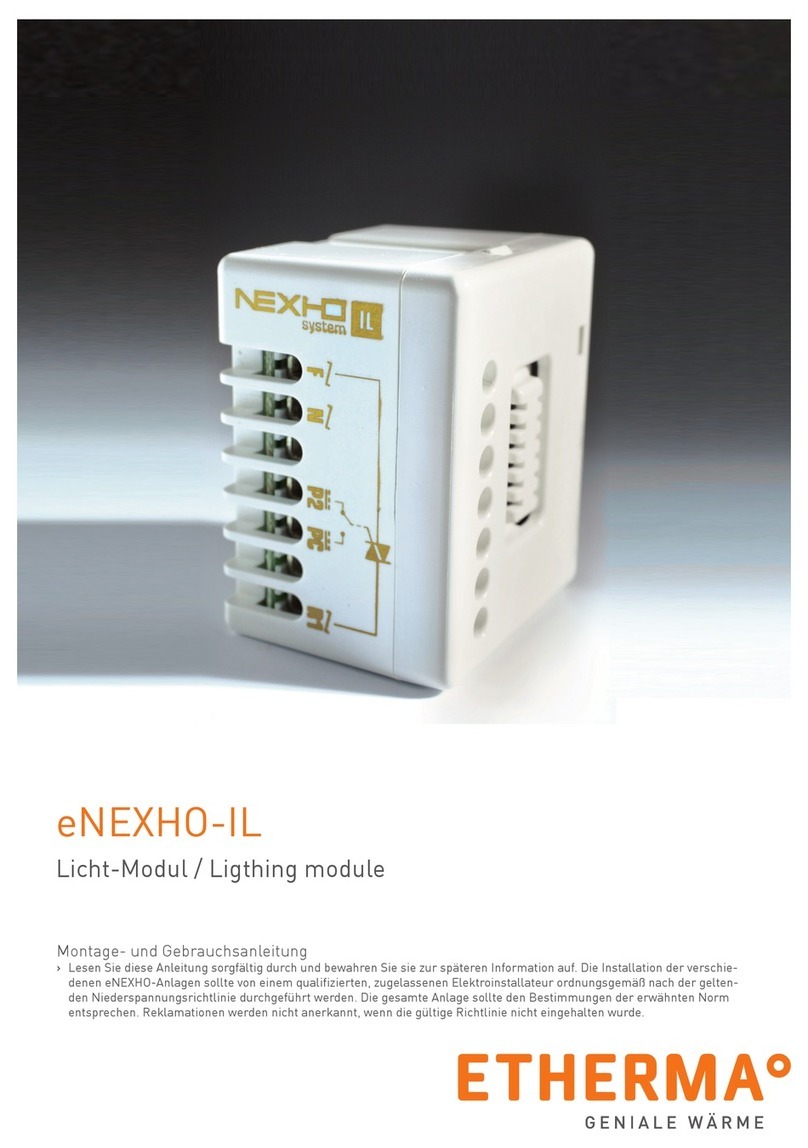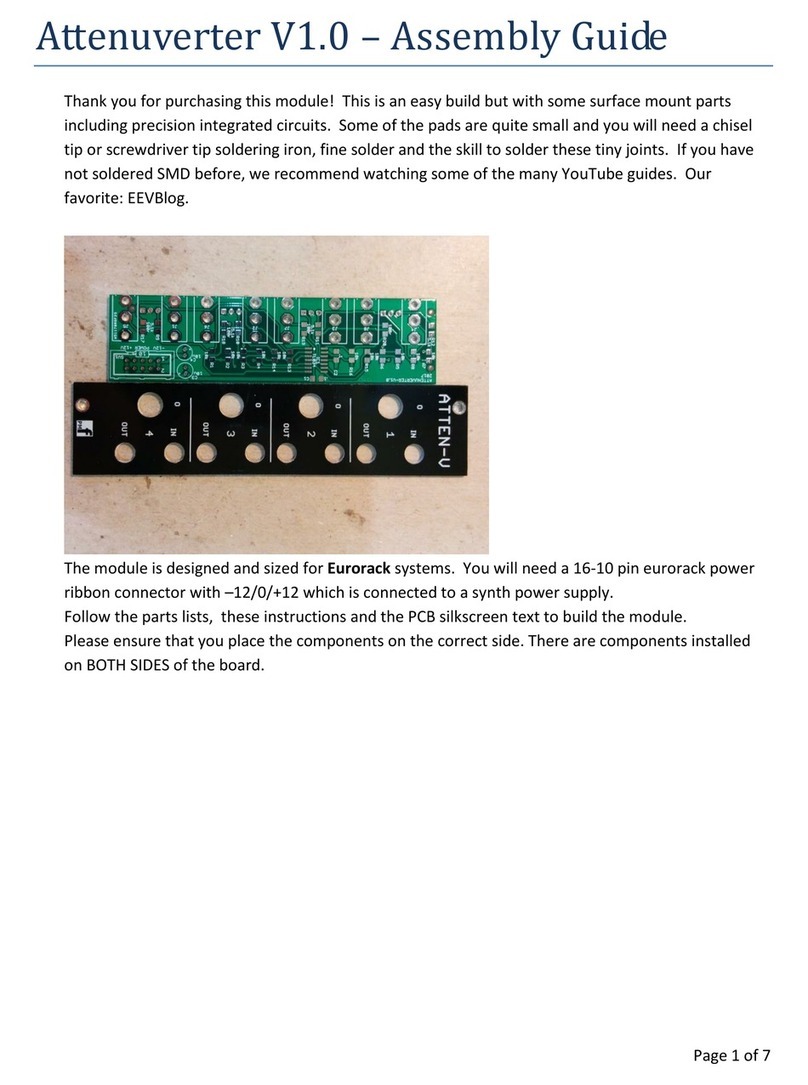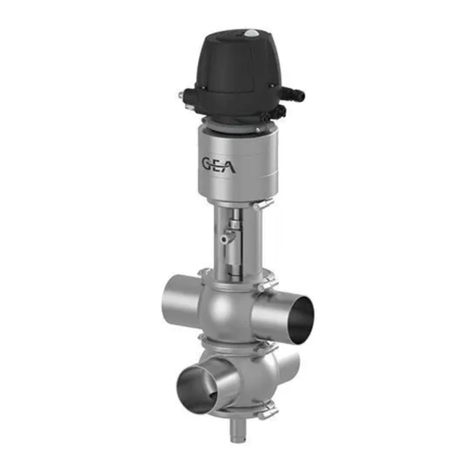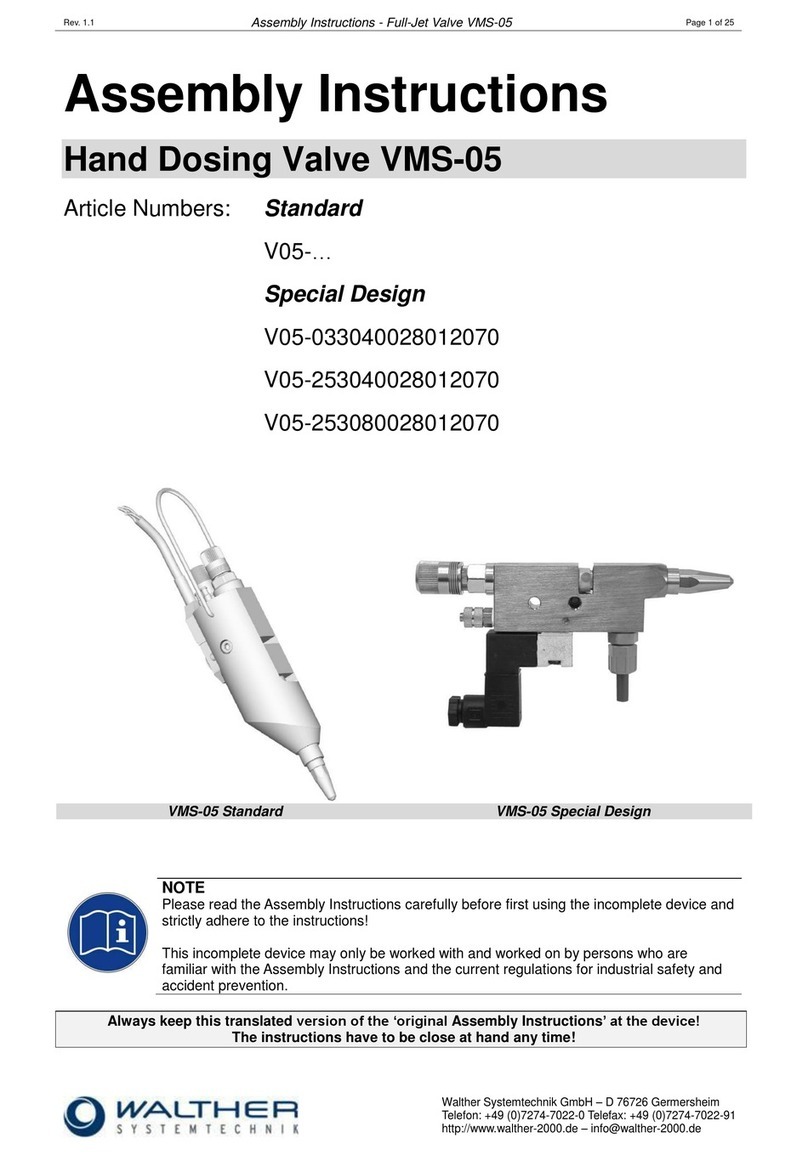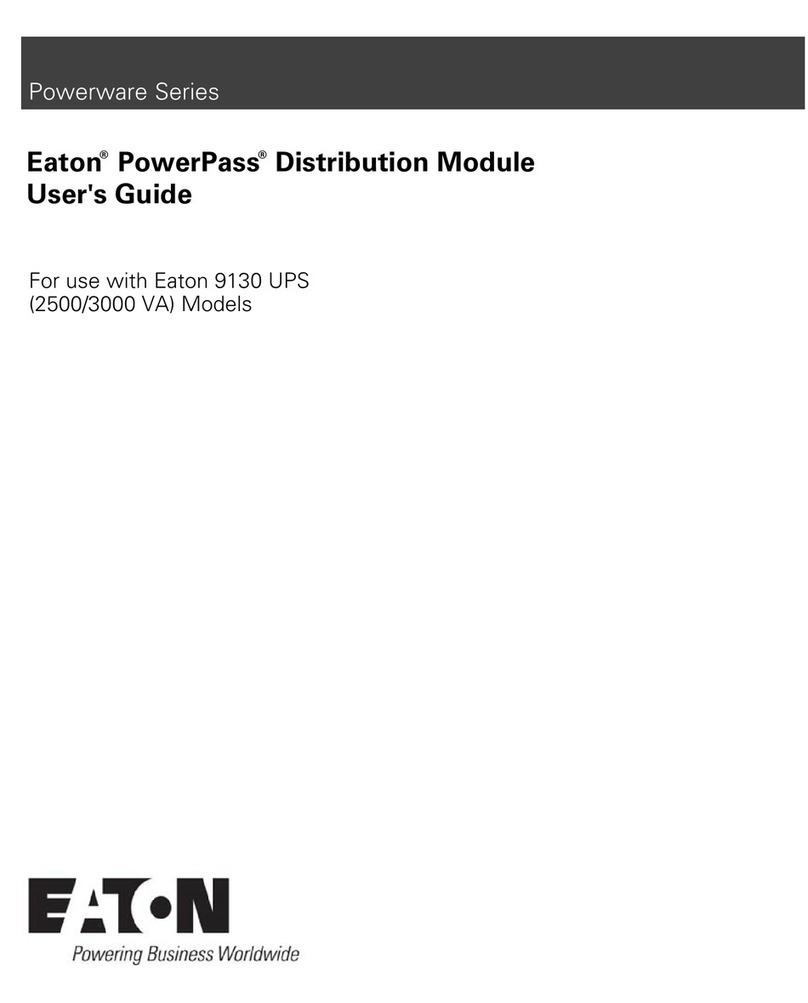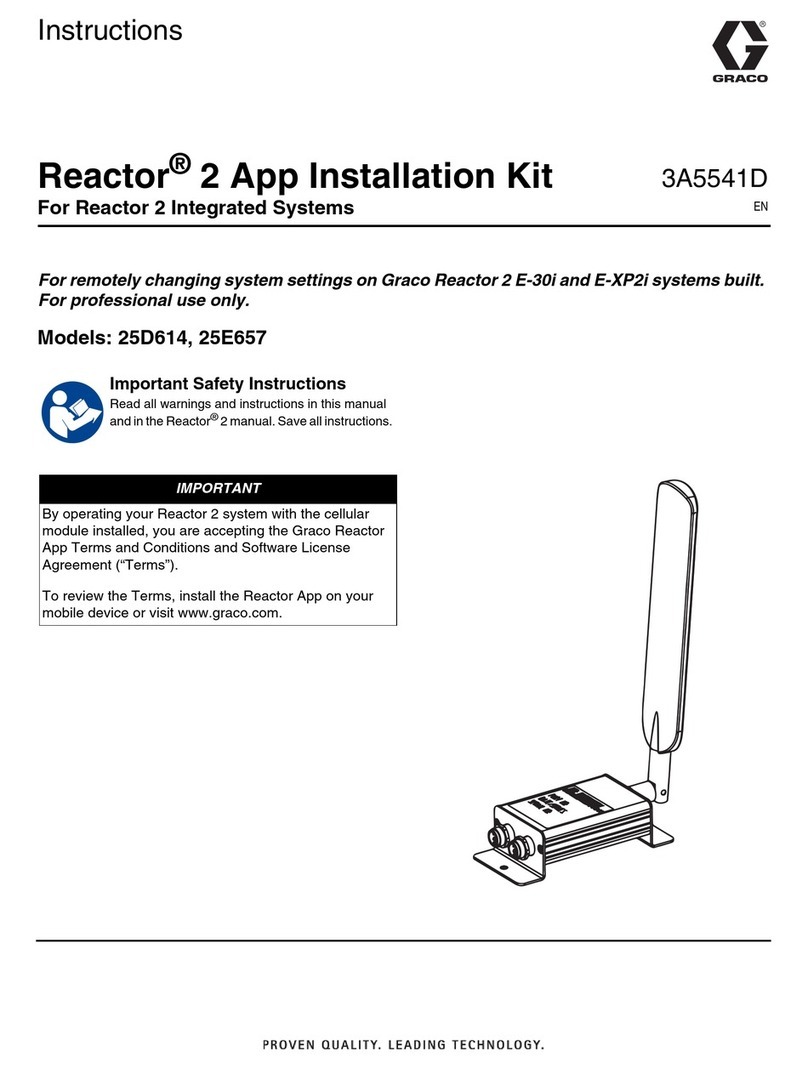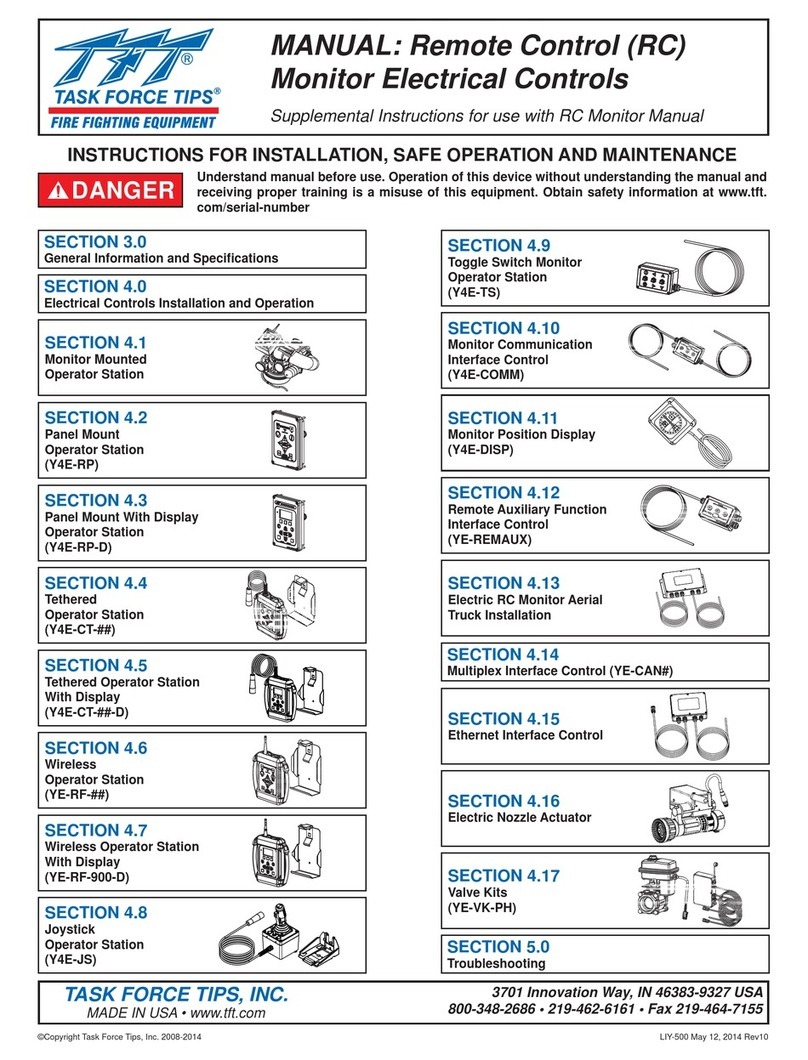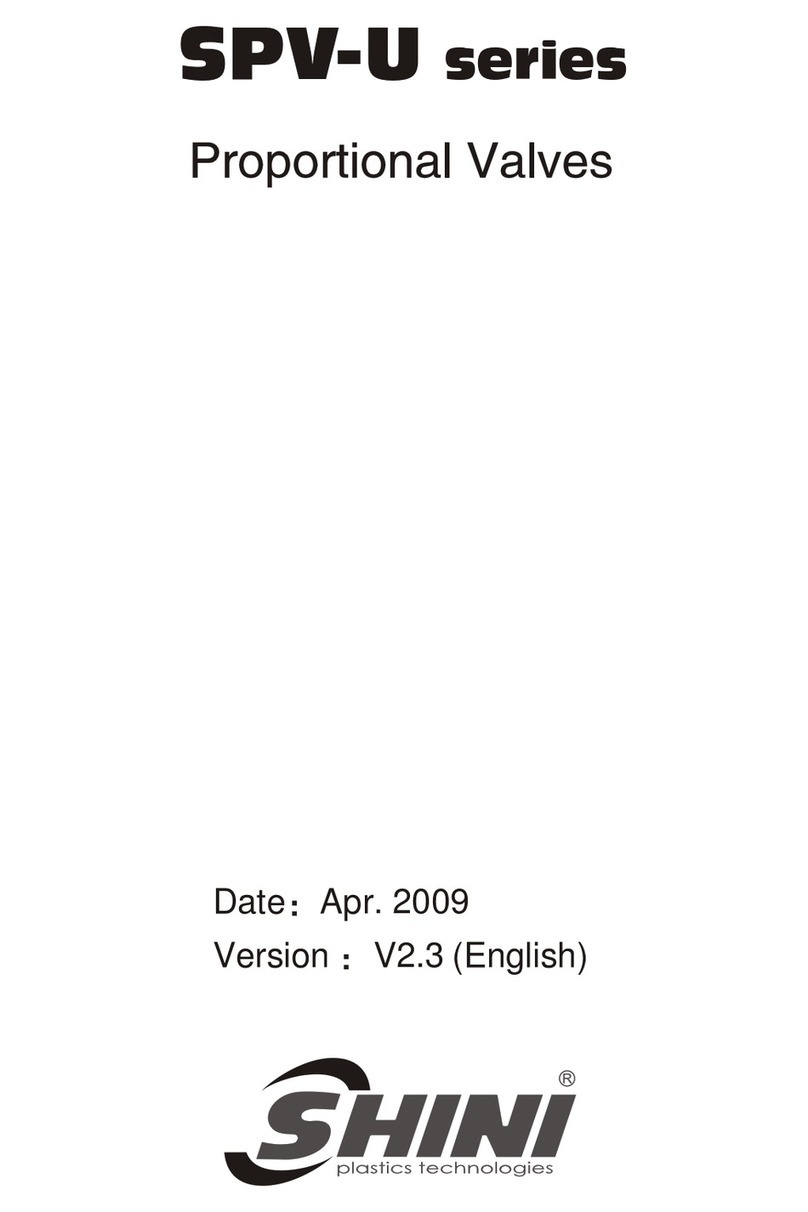
INTRODUCTION
The VHF and UHF radios are comprised of two PCB's (an
RF PC Band a digital PCB). These boards are connected
with an 18 pin female and male connector. The digital board
is interfaced with external data equipment through the 9 pin
d-sub male connector, which controls the radio and data
receiving and sending.
DIGITAL CIRCUITS
The Digital circuit contains the CPU, the channel select
switch, and associated digital circuits.
TX-SIGNAL CIRCUIT
The TX data signal comes from Pin 2 of Con 401, and goes
through U404D. The TX-signal is amplified by U406C. The
TX-signal is filtered by U405A & B which is a 4’Th order low
pass filter, the output of U405A is then fed to the RF board
for TX modulation.
RX-SIGNAL CIRCUIT
The RX- data signal comes from the RF board, which is
connected with pin 10 of Con 403. The RX-signal is switched
by U404A and adjusted by RV403 and amplified by U407.
The amplified signal goes to pin10 of Con 401.
RSSI DETECTOR
From the RF board, the RSSI (Received Signal Strength
Indicator) signal flows to U403A&Bthrough R461. The pulse
is injected from pin 5 of U403B every 1 mS and C451 is
discharged. It is then charged by R464. The RSSI signal is
simultaneously input to pin 7 of U403A and those signals are
compared. The compared signal is output from U403A. Pin 1
of U403A and the CPU detects the pulse width. The pulse
width is varied by RSSI DC voltage; therefore, the carrier
detection is controlled by the CPU.
EEPROM
RX / TX channel and RSSI detection level as well as other
data from the programmer are stored in the EEPROM. The
data stored is retained without power supplied. This is a non-
volatile memory. The EEPROM may have information re-
programmed or erased. U402 is an EEPROM with 2048 (8 x
256) capacity and data is written and read serially.
MAXON
SD-125 RF LINK MODULE
CHANNEL SELECTOR
One of 16 channels may be selected using the Dip Switch
(SW401). SW401 encodes the channel number, selected
into 4-bit binary code. The binary code plus one equals the
channel number. The binary code is decoded by the CPU
enabling the appropriate RX or TX frequency and
associated data to be selected from the EEPROM.
DC TO DC CONVERTER
The main DC power is injected to the DC to DC converter.
The DC to DC converter regulates the various input power
supply voltage and outputs a constant voltage of 7.5 Volts.
It is a source for all of the RF and digital circuits.
The DC to DC converter is formed by U801, Q801, Q802,
L801 and R804. U801 is a switch mode DC to DC
Converter IC.
Input DC various appears as a voltage various through
R804.
U801 detects the voltage and controls the switching pulse.
As the switching pulses, Q801and Q802 switches the input
DC of various supply voltages and generates the constant
DC of supply voltage.
RF CIRCUITS
TRANSMITTER
The transmitter is comprised of:
1. Buffer
2. P.A. Module
3. Low Pass Filter
4. Antenna Switch
5. A.P.C. Circuits
BUFFER
VCO output level is -6dBm and amplified to +10dBm
(UHF), +6dBm (VHF). The buffer consists of Q16 and Q17
for isolation and gain.
P.A. MODULE
The P.A. Module contains Q501, Q502, and Q503. Three
stage amplifiers Q501 amplify the TX signal from +10 dBm
to 100 mW. Q502 is amplified to 0.5W. Q503 amplifies to
3W and then matched to 50 Ohms using the L.C. network,
thereby reducing the harmonics by -30 dB.
LOW PASS FILTER
L7, L8, L11, C72, C73, C74 and C75 are the 7th order
Chebyshev low pass filter. Unwanted harmonics are
reduced by -70 dBc.
PAGE-7-
October 98
